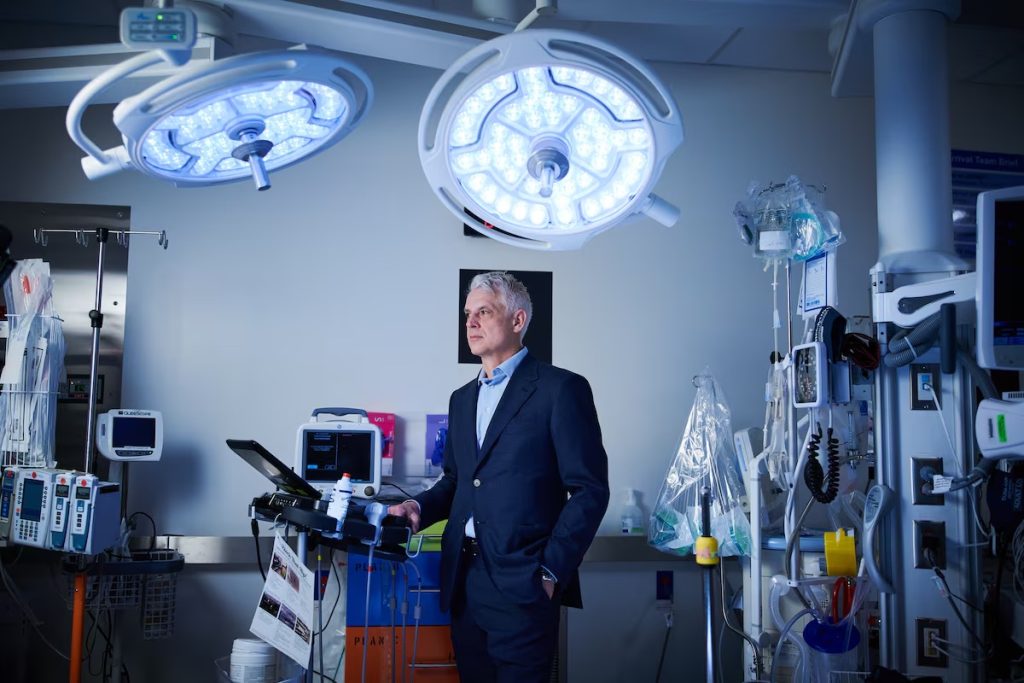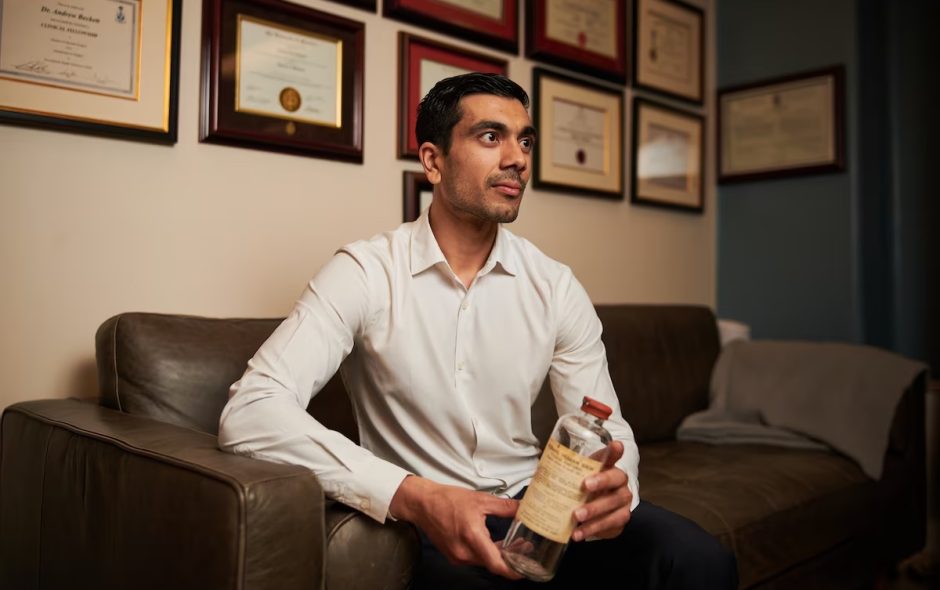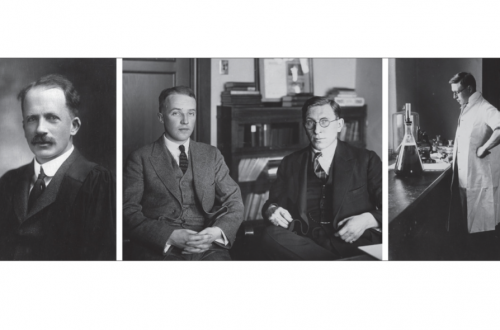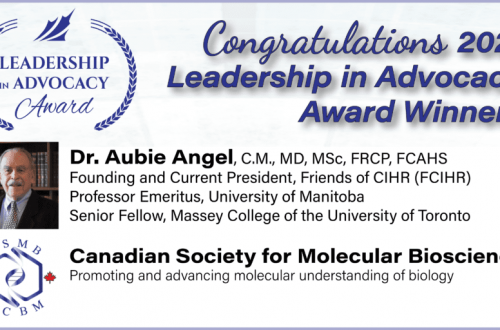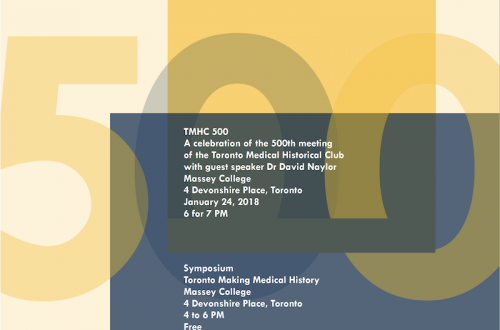Club member Christopher Rutty is featured in this fascinating story that appears in today’s Globe & Mail. Dr Rutty is resident historian and manager of the Sanofi Toronto archives where an 80-year old bottle in a museum display-case provided striking evidence of the value of freeze-dried blood serum.
Dr Andrew Beckett, director of trauma at St. Michael’s Hospital in Toronto, has had a career-long quest to improve Canada’s preparedness for treating the wounded. In studying the history of Canada’s production of freeze-dried serum, a project led during World War II by Charles Best, Beckett discovered a bottle of the original blood product at Sanofi. Together with Kanwal Singh from Defence Research and Development Canada, Beckett reconstituted the freeze-dried plasma from 1943 and found that it still contained most of the constituents of fresh serum.
To learn more about the Connaught Laboratories’ wartime work, read Chris Rutty’s article, “World War II & Biotech Innovations,” part of his series of articles on the history of the Connaught Medical Research Laboratories.
